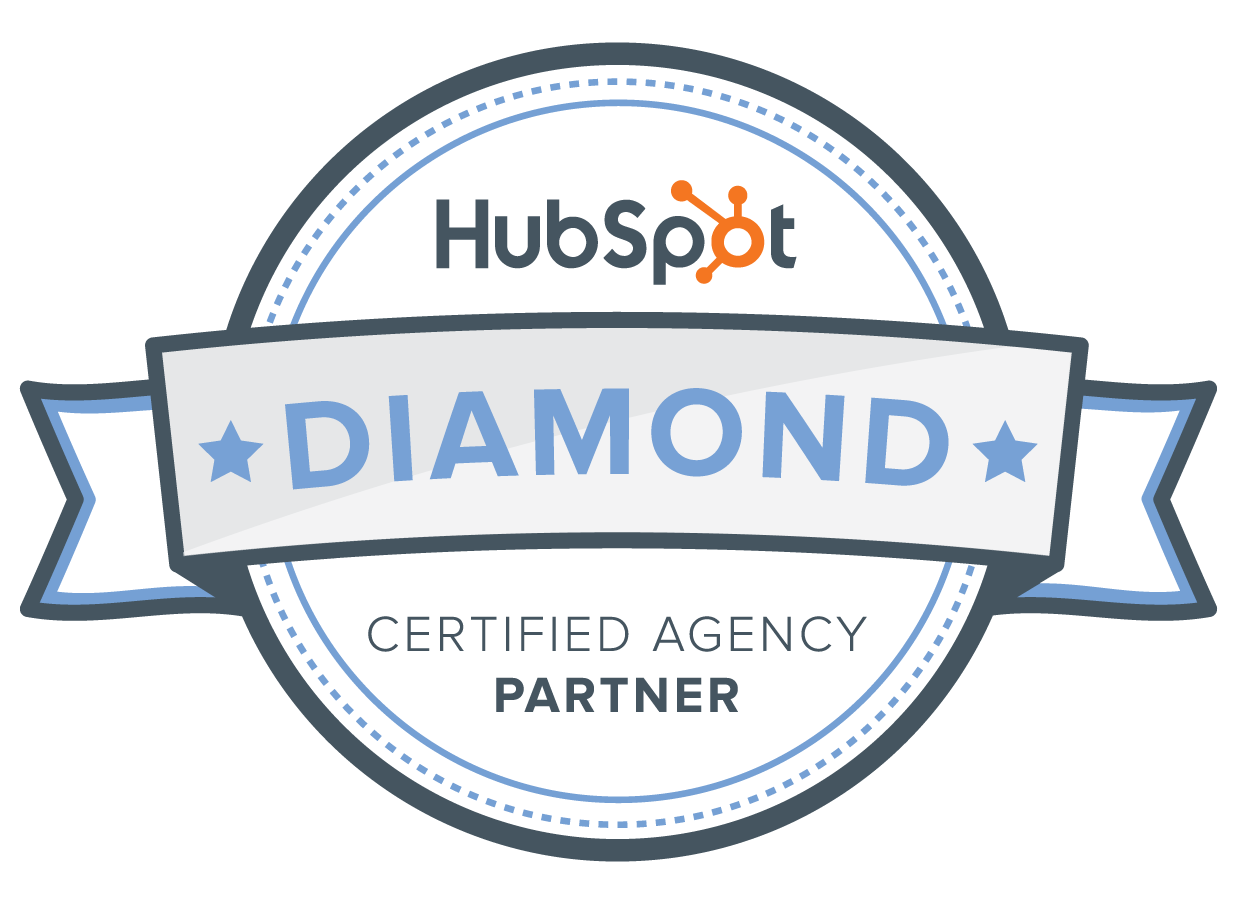“We need more leads.” We hear this all the time. And there are a lot of strategies to drive demand. AT PMG, we work to understand your goals as a business. There’s no cookie cutter campaigning here. Once we understand what success looks like for your business, we work backwards to develop and define the details of your campaign.
Here’s what you can expect: defined audiences, targeted messaging, strategic offers and assets, channel identification and optimization from organic to paid, as well as success and KPI tracking. All based on tangible data and reporting. And as your partner, we’re not afraid to tell you when we think a certain approach is not going to work for you. We treat your dollars like our dollars. Your budget as our budget. And your success as our success.







